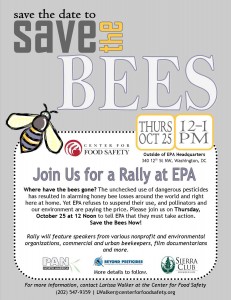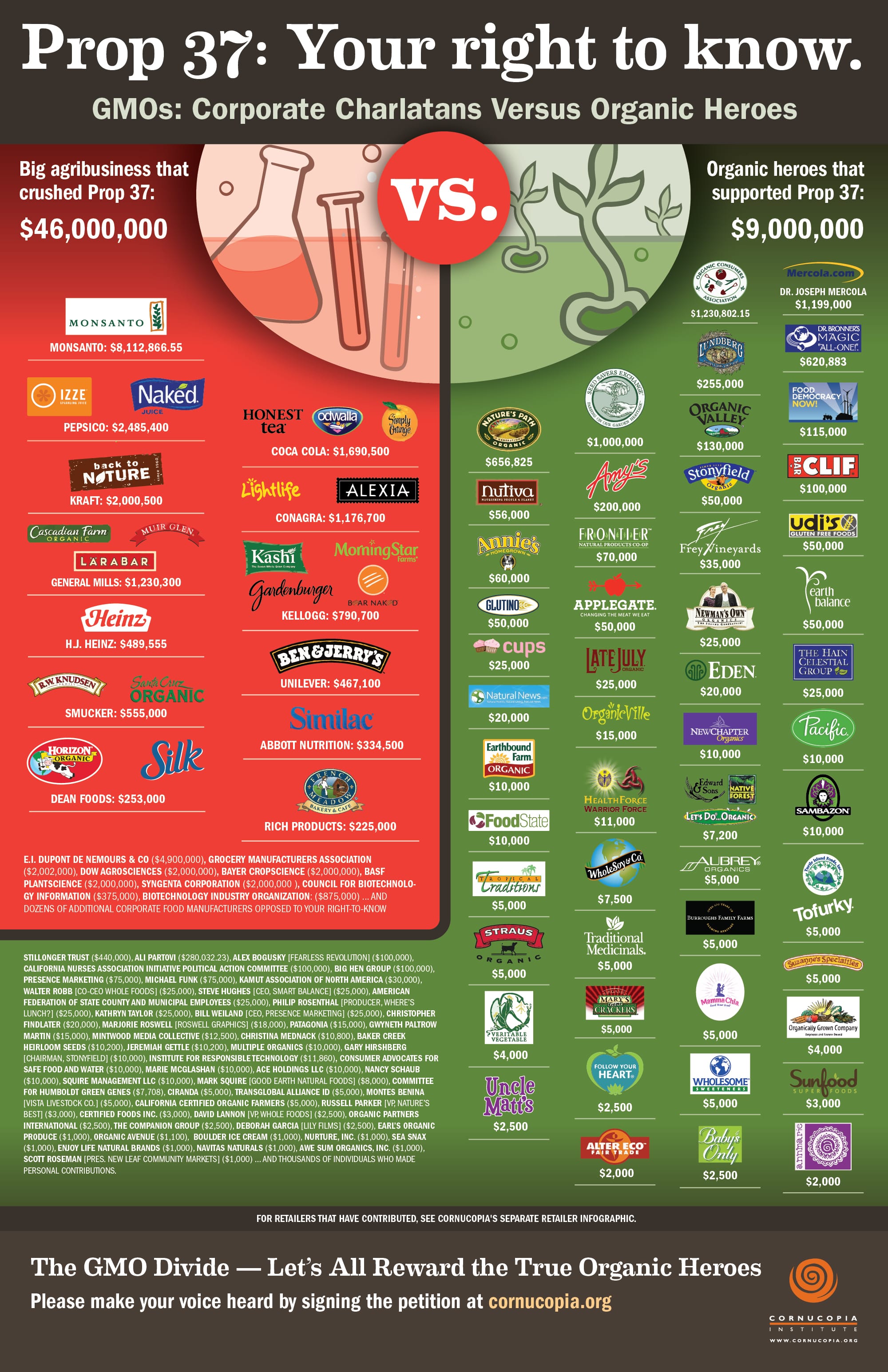05
Nov
Growing âSuper Ratâ Population Is Resistant to Rodenticides
(Beyond Pesticides, November 5, 2012) An ongoing study in the United Kingdom has found that in areas of southern England up to 75% of the rat population is potentially resistant to the common rodenticides warfarin, bromadiolone, and difenacoum. Pesticide resistance was documented in rats as early as the 1950âs. Common rodenticides used in homes already pose a high risk to human and animal health, but as more rodents become resistant to these pesticides individuals face the greater danger of pest control companies using higher doses of more lethal chemicals to deal with âsuper rats.â
The rodenticides being tested in this study are anticoagulant pesticides that work by blocking vitamin K-dependent synthesis of the blood clotting substance prothrombin. These chemicals cause the animal to bleed to death internally. Not only are these chemicals toxic to mammals, but they are often used in dangerous loose bait and pellet traps.
These traps put children at particular risk for exposure because the products are typically placed on floors, and young children sometimes put bait pellets in their mouths. The American Association of Poison Control Centers annually receives between 12,000 and 15,000 reports of children under the age of six being exposed to these types of products, with Black and Hispanic children living below the poverty line being disproportionately affected. The U.S Environmental Protection Agency (EPA) reported that these rodenticides âare, by far, the leading cause of [pesticide-related] visits to health care facilities in children under the age of six years and the second leading cause of hospitalization.â
In 2008, EPA proposed to phase out these loose bait and pellet traps. However, Reckitt, the producers of d-Con, has challenged EPA’s proposal and until EPA completes its administrative process the products can be legally sold and used. Growing rat resistance however, means these products are not only dangerous but also ineffective.
An inability to control rodent populations is problematic because they can spread disease, gnaw through electrical cables, and get into food resources. Pesticide resistant rodents can also be harmful to predator species. Animals that hunt these rats, such as domesticated cats, will ingest the built up rodenticides that these rats have eaten and potentially cause secondary poisoning. A recent study published in PLoS One reveals the dangers rodenticides can cause to predators when they feed upon poisoned mice and rats. The study found instances of fisher cats dying as a direct result of eating poisoned rodents. The irony of this is that animal populations that often work to naturally control rodents are being poisoned by these rodents, which in turn makes them less effective at controlling rodent populations.
Resistance to rodenticides in rodents develops the same way as insecticide or herbicide resistance in insects or plants. The resistant strain has always been present in the rat population, and has been noted since the introduction of the poisons in the 1950’s. As these rats reproduced they have had distinct survival advantages where the poison is used because of their resistance. Previously, studying resistance in rats was difficult and this research was halted in the 1990âs. Over the past two decades, the problem has increased, creating an impetus to restart this research. The research is now easier because researchers now know the gene responsible for resistance and merely need to test for its presence–instead of carrying out lengthy feeding experiments.
As this âsuper ratâ population grows and the rodenticides that they are resistant to continue to poison children and non-target animals, there is a greater need to look toward alternatives to these harmful pesticides. This must happen before individuals resort to the use of more toxic pesticides, continuing on the cycle of pesticide dependence. It is because of these types of problems that Beyond Pesticides strongly encourages consumers not to use poisons as a means to control mice and rats. We believe that defined integrated pest management (IPM) practices are vital tools that aid in the advancement of non-toxic methods to control rodents and help facilitate the transition toward pesticide-free (and healthier) methods.
IPM, as defined by Beyond Pesticides, is a program of prevention, monitoring, and control that offers the opportunity to eliminate the use of toxic pesticides, and to minimize exposure to any products that are used. A well-defined IPM plan does this by utilizing a variety of methods and techniques, including cultural, biological and structural strategies to control a multitude of pest problems. Exclusion practices (sealing up structures), sanitation, structural repairs, mechanical and biological control, and pest population monitoring are some IPM methods that can be undertaken to control rodents.
To learn more about rodenticides, go to Beyond Pesticidesâ Rodenticides fact sheet. For least toxic control of mice and other pests, visit our alternatives page.
Source: Phys.org
All unattributed positions and opinions in this piece are those of Beyond Pesticides.
























